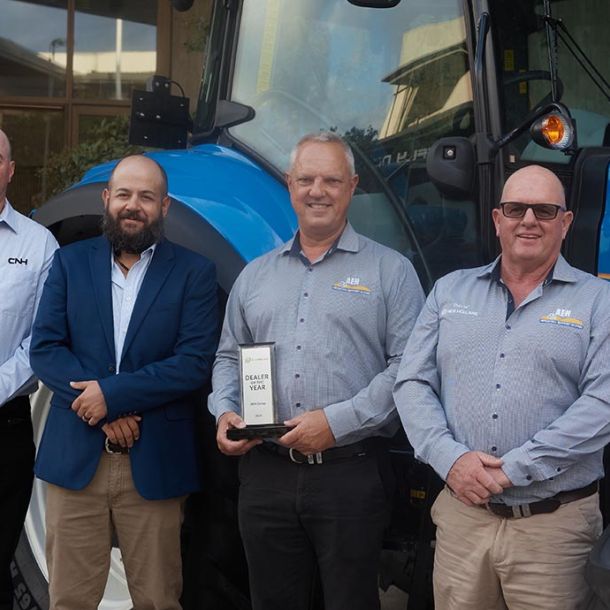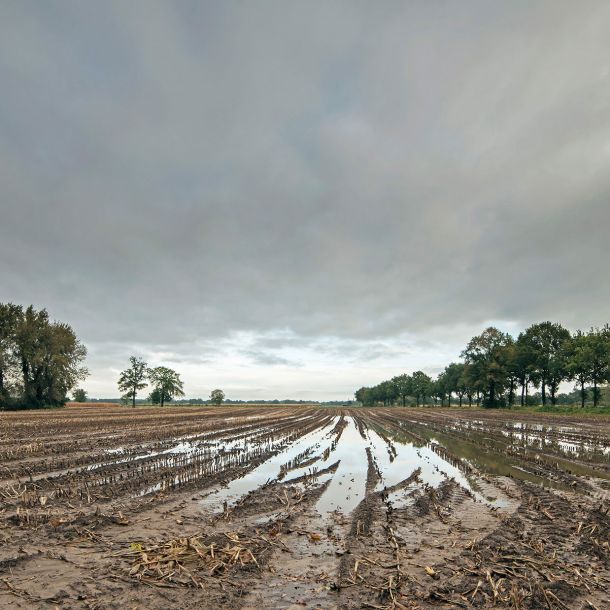Winter Seeding Completion
Winter has set in, and with winter seeding nearing completion, it’s time to reflect on the past year and look towards the future, including the future weather patterns and yields.
Weather
Currently, overall weather[1] conditions are good across crop production areas in New South Wales and Queensland. Pockets of difficulty do exist, with farmers in areas of Western & South Australia battling dry and blowing soils while farmers in Victoria are experiencing setbacks in completing their autumn paddock work due to wet and boggy soils, but seeding is continuing well in general.
All producers should have an eye to the next growing season, however, with meteorologists forecasting a drier crop year overall in winter 2017-2018, with slightly higher than average temps. Southern and western Australia are showing the largest probability of negative impact, while the Northern Territories and eastern Tasmania are forecasted as the only areas with above average accumulations[2]. Crops under irrigation, like cotton and rice should manage nicely, especially considering the abundance of retained reservoir water, particularly in eastern areas. Dryland crops, however, could struggle if rains aren’t well timed for developmental milestones.
Yields
2016-2017[3] growing season’s grain and oilseed production were record crops, according to the Australian Bureau of Agricultural and Resource Economics and Sciences (ABARES). Total winter crop production was estimated to be 30% higher than the previous record (set in 2011-12) at 58.9Mt, with wheat crops leading the way at 35.1Mt.
However, overall global production of grains and oilseeds was higher, driving down or holding steady market prices in response to the increased availability of supply. Australian producers saw an overall increase in receipts, mainly due to volume, which pushed cash incomes higher.
Chickpea[4] prices were a bright spot as well, with some Indian crop failures and issues in marketing logistics producing a premium for Australian growers. Prices surged to over AUD$1000/tonne, setting records for the crop.
Production Forecast
2017-2018 production isn’t forecasted to be a standout, either in terms of yields or pricing, but it will still be comfortably average or slightly above for most producers. Global demand is projected to increase slightly over the next five years, with high population/increasing disposable income regions like Asia, northern Africa, and the Middle East spurring the market, which bodes well for commodity prices. Global weather patterns and yields still impact pricing, however, and keeping an eye out for potential yield bumps in the northern hemisphere due to forecasted wetter, warmer conditions will be critical to timing markets.








